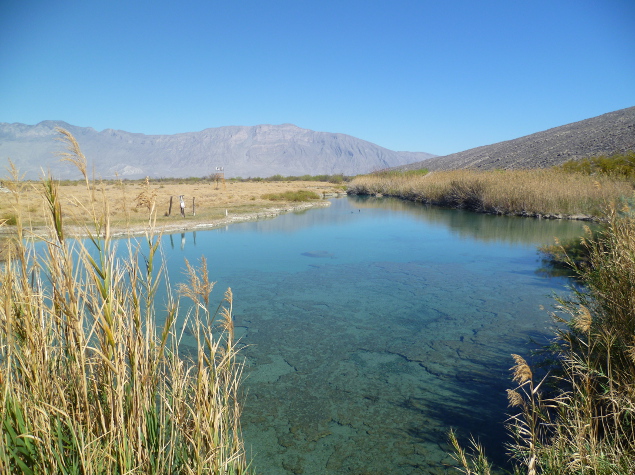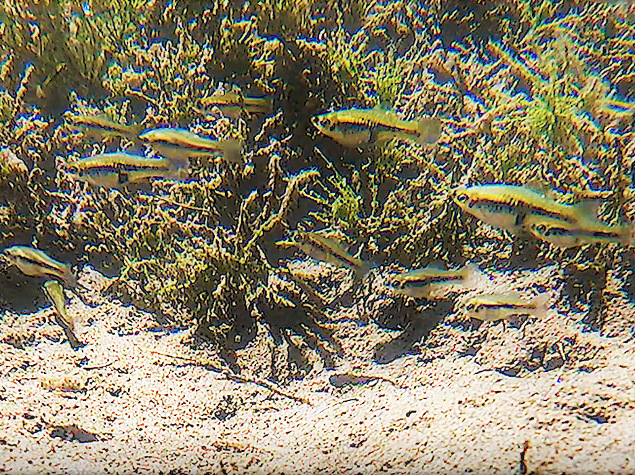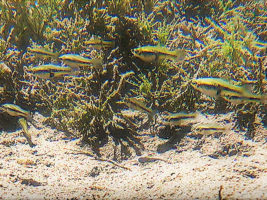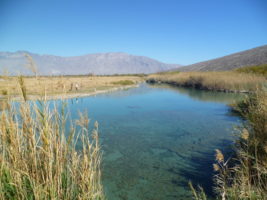Avoided extinction of the Cuatro Cienegas Platy

The Cuatro Cienegas Platy (Xiphophorus gordoni) is endemic to Cuatro Ciénegas valley and microendemic of the ponds complex of Santa Tecla, in the southeastern part of the valley. Little is known about its biology and it is estimated that there are no more than 400 individuals in the Santa Tecla Complex. It is listed as Endangered according to the IUCN. This last sanctuary is highly impacted and severely invaded by the exotic tilapia (Oreochromis sp.) whose propagation puts in imminent risk of extinction the target species.
The aim of this project, implemented by ProNatura, is to avoid the extinction of the Cuatro Ciénegas Platy, through the establishment of a free-living refuge and the restoration of its last sanctuary.
An original distribution site from which the Platy was removed, in Poza Quintero, which is not invaded by exotic species, will be used to establish a free-living refuge and achieve a genetically viable population to ensure its conservation. A basic infrastructure to guarantee the adequate flow of water to maintain the physiochemical conditions of the pond will be constructed in adequation with advices from experts and literature.
The last sanctuary of the Cuatro Ciénegas Platy (Doña Tecla complex) will be restored. Healthy specimens will be extirpated and reintroduced in the restored ponds in Quintero complex.
The project advancement will be diffused and promoted through social medias.
Final report summary (October 2021):
Vegetation as well as debris have been removed on 100 meters in an afferent canal of the Quintero pond. A system has been set up to dry the pond and clean it correctly. Adaptations were also carried out for the platys’ optimal living standards to be found (removal of competing breeds, turmoil, depth, temperature). Lilys have been planted. Regarding the Tecla pound, an old canal and an old pool have been destroyed. The Tecla pond and a neighboring pond saw an increase of 60 cm of water on 25,000 m2 of wetland.
400 individuals have been displaced. After being reintroduced, the team noticed a rise in the number of individuals, including pregnant females.
A business plan for the restauration and the correct use of waters in the Cuatro Cienega valley has been developed. 16 working sessions have been held to optimize water distribution in partnership with Chihuahua and California Universities.
The aim is to guarantee a permanent refuge of the species and, in the mid-term, to use these populations to reintroduce the platy in other ponds. The methodology will be replicated for species having similar issues.





